Sprinklers and Standpipes: Executing the Fundamentals – Part 1
As I ride to work, I often take note of the buildings under construction. It seems that all the old construction is either being torn down or renovated to bring them up to today’s fire protection standards. As a firefighter, I believe that this breeds a false sense of security when we approach these buildings. Here is a statistic to ponder:
1 out of every 14 sprinkled buildings burns
As firefighters, we must look at the sprinkler and standpipe system as another tool. We cannot rely on them 100% of the time. For example, if you rely solely on a thermal imaging camera to guide you while you search and it fails will you be able to find your way out? A firefighter must have an understanding of sprinkler and standpipe systems as another tool in the tool box. Firefighters are challenged to keep up with the constant changes in new technology, training, and information that are continually improving. As we strive to stay informed let us also not forget the fundamentals that our knowledge is built upon.
Executing the Sprinkler/Standpipe Fundamentals
My father coined the phrase we will “execute the fundamentals flawlessly”. I believe that no matter how advanced we become, as long as humans build and inhabit the structures there will be the potential for fire. So with that in mind, let us look at a few basic principles to cover in this article. 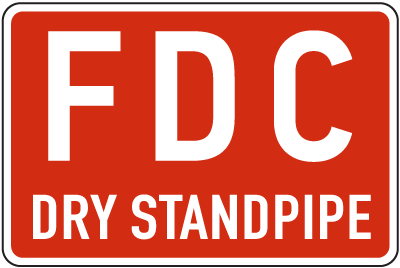
Knowing your area is paramount: How well do you know it?
Are the structures in your area protected by sprinkler/standpipe systems?
How well do you know those buildings, their infrastructure, and the hazards they present?
Do you feel confident that you could mitigate a fire in a sprinkled/standpipe structure?
Prepare for the worst case scenario!
What is your plan to extinguish a blaze in a building where the sprinkler/standpipe system has failed?
Tragic Examples
A tragic example is The One Meridian Plaza Fire in Philadelphia that occurred on February 23, 1991. The fire originated on the 22nd floor of a 38 story building that had a standpipe system throughout the building and a sprinkler system on the upper floors. Sadly, three firefighters lost their lives in an incident that took 12 alarms with over 300 firefighters who stretched large diameter hose up the stairwells in an attempt to extinguish the fire. The fire consumed eight floors until it reached a floor that was protected by sprinklers. At that point, 10 sprinkler heads extinguished the blaze.
That’s right….10 heads!
The standpipe system had pressure reducing valves that were improperly set preventing adequate fire flow. The electrical system failed which in turn caused the electric fire pump to fail. Another tragic example occurred on July 28th 2011, a 37-year-old career Captain died and 9 firefighters were injured in a six-story medical building in Asheville, North Carolina. The building was equipped with a wet standpipe system which consists of standpipe connections and hose cabinets (Class III). “Several fire fighters stated and recorded radio traffic indicated that no water or water pressure was in the standpipe system. Also, some fire fighters observed a dirty black substance mixed with water at the standpipe fire department hose line connection which they believe may have clogged the water supply.” (Summary of NIOSH Report-Career Captain Dies and 9 firefighters injured in multi-story medical building fire) These tragic incidents should cause us all to take a look at sprinkled/standpipe structures differently. A building that contains sprinklers and/or standpipes is not fire-proof. We need to be aware of the types of systems, their limitations, and be ever watchful for problems that may prevent them from working correctly.
Part 2….
In the next article we will begin to review sprinkler and standpipe systems from a tactical perspective. The types of systems, their connections, their limitations, and address ways that a firefighter can be better prepared for the next incident in one of these occupancies.
Read the complete series here!


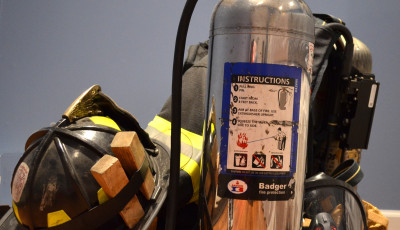
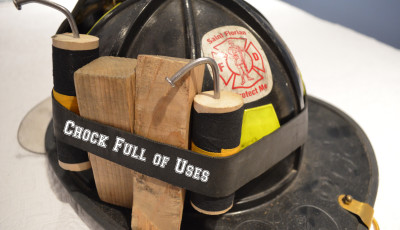
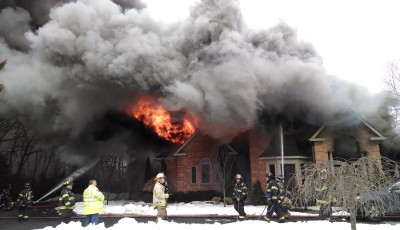
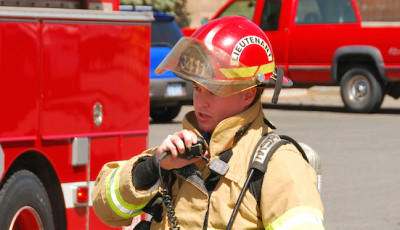
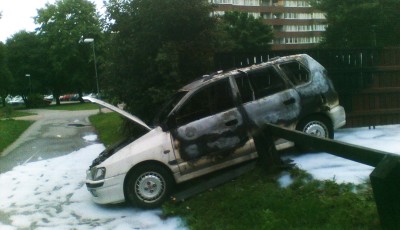
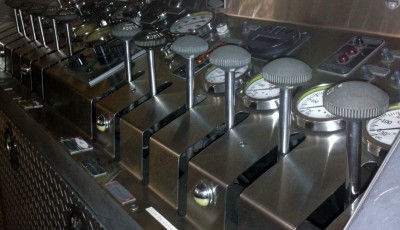




Pingback: Sprinklers and Standpipes: Executing the Fundamentals Part 2 | FireFighterToolBox
Pingback: Sprinklers and Standpipes – Executing the Fundamentals: Part 2 | FireFighterToolBox
Pingback: Executing The Fundamentals: Sprinklers and Standpipes – Part 4 | FireFighterToolBox
What a coincidence finding this tonight ! I was just looking at a hotel, close to where I work and thought, “We need to have a drill and get a understanding with this topic, for everyone in our dept.
Pingback: Top 6 Reasons To Use A 2-1/2″ Handline | FireFighterToolBox
Capt, where did you get the “1 out of 14” stat? Thanks.
The 1 out of every 14 sprinkled buildings burn statistic came from the NIST manpower study.
Thanks. Are you talking about this one https://www.iafc.org/files/deptAdmin_NISTdeploymentReport.pdf ? I searched the document for “sprinklers” and then for “14” and couldn’t find it.